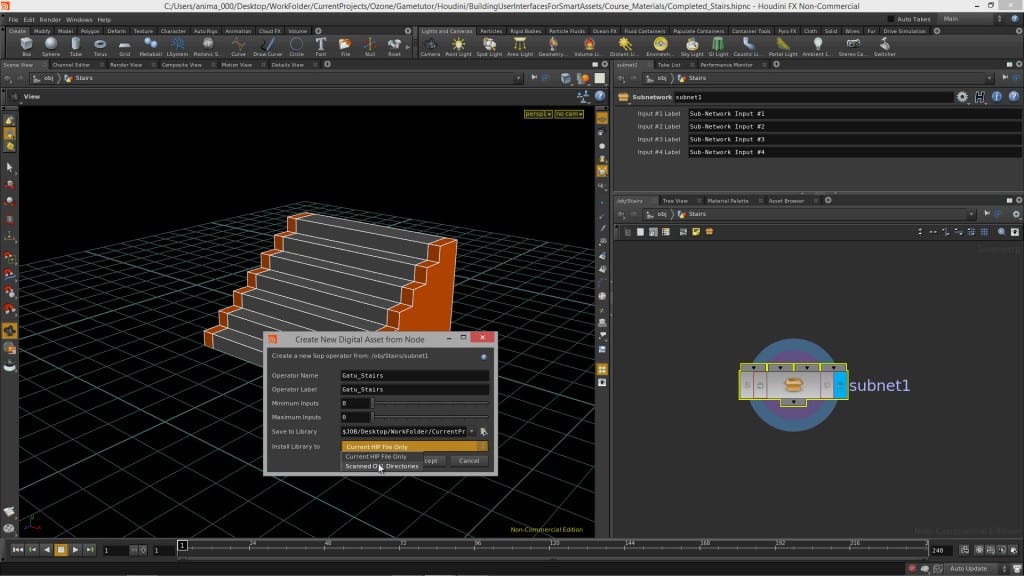For semester B, I wanted to use my experiences and knowledge gained from my previous project to dictate where i was to place my efforts going forward. While I did enjoy my work in modelling with maya, I wanted to further branch out into 3d and try my hand at something similar whilst also wildly different and experimental.
Recalling a conversation late last year with escape studios, one of the key points made was that currently, the industry is looking for FX artists, more specifically people trained in Houdini.
After some initial research into the Houdini software package i found where it differs from other 3d packages is that it focuses on procedural generation. Whilst standard modelling tools and procedures are available within, where Houdini shines is its ability to produce complex dynamics, particles and volumetrics, which are typically used to create simulations (E.g, Fire, smoke, water, Etc.)
Looking into a few houdini showreels, it becomes apparent just how powerful the software is.
Doing some research into the learning process, which will take up most of this blog, according to various VFX forums, Houdini a notoriously complex piece of software to learn. Employing the fail-fast approach from last semester, I will begin immediately working with the software and attempt to have at least one output, no matter how small at the end of each week, failing this I will go into detail what exactly didn’t work when trying to achieve this goal.
Thinking towards an output, I have considered at this point making a compilation of simulations made within the software which I will work on throughout the coming weeks, working on my feedback from last semester I will try to include all of my experiments within this output.
